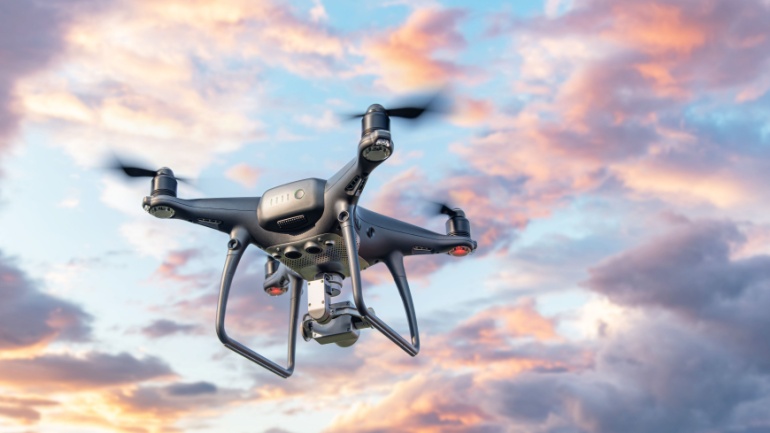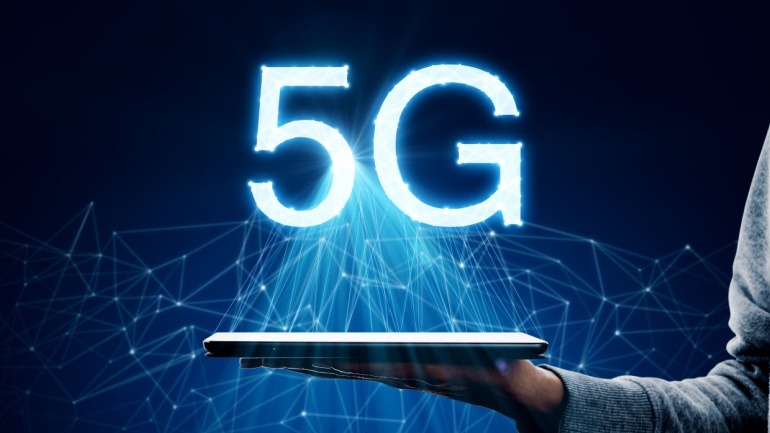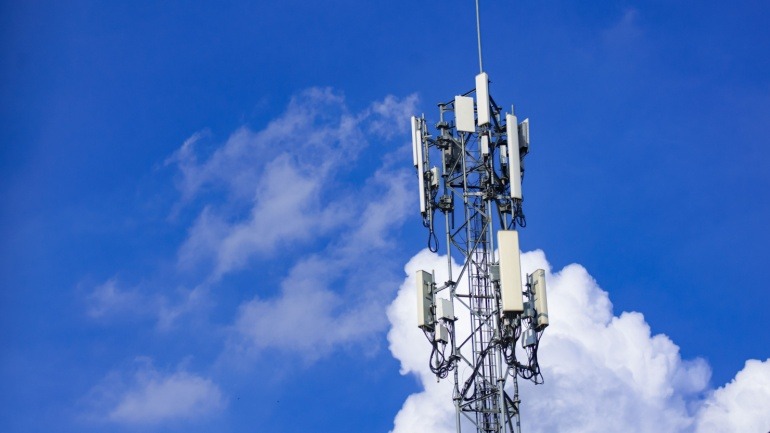Vodafone introduces a groundbreaking use of drones for network infrastructure repair, leveraging Taara’s wireless optical networking technology. This drone-based solution enables Vodafone to bypass damaged network sections seamlessly.
Sweden is investigating a potential sabotage of the Cinia C-Lion1 undersea telecom cable. Despite the damage, the link between Finland and Germany remains active.
Chunghwa Telecom and Ericsson have unveiled an advanced 5G network slicing solution, enabling enterprises to activate customized network slices on demand. This innovation enhances network performance, flexibility, and efficiency for critical operations.
Telstra’s collaboration with Ericsson is set to redefine Australia’s telecommunications through the launch of a 5G Advanced network, offering bespoke connectivity and innovative applications. The integration of Ericsson’s Open RAN-ready hardware and AI automation enhances network efficiency and reliability.
The Next Generation Mobile Networks Alliance (NGMN) has unveiled a transformative roadmap towards 6G. This framework addresses current 5G challenges, emphasizing a seamless evolution that integrates cutting-edge technologies.
Vodafone plans to expand its 5G network to cover 90% of Spain by 2025, reaching rural and urban areas alike. This rollout leverages the 700MHz frequency for better indoor coverage and faster data speeds.
T-Mobile US is transforming into a dynamic tech company through a partnership with Red Hat’s OpenShift Platform. This shift enhances T-Mobile’s private cloud capabilities and operational efficiency.
China Unicom is spearheading an ambitious 5G-Advanced (5G-A) rollout, aiming to cover 300 cities by 2025. This substantial initiative highlights their commitment to network enhancement, offering blazing 5Gbps to 10Gbps speeds.
In a groundbreaking move for the telecommunications sector, e& enterprise has forged a strategic partnership with PayPal. This collaboration enhances e& enterprise’s digital payments platform, empowering businesses by integrating seamless PayPal solutions.
Ericsson, Dell, and Red Hat are advancing Open RAN by innovating on O-RAN standards, focusing on interoperability and cloud-native solutions. Their collaboration on the O2 interface enhances seamless multi-vendor integration, ensuring efficient network management.













